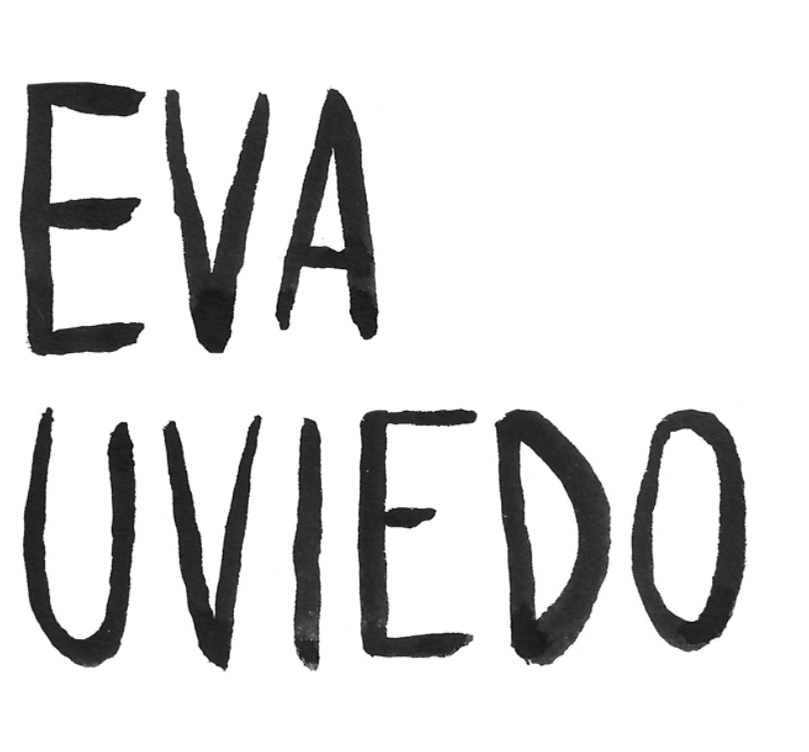Uma das características da EMEI Professor Alceu Maynard de Araújo, no Bom Retiro, é acolher muitas crianças filhas de imigrantes, especialmente latino-americanos, como bolivianos, venezuelanos, paraguaios e argentinos. Inspirada por minha experiência de migração, criei um desenho que une duas tradições: as "Alasitas" bolivianas, celebração anual que homenageia Ekeko, o deus aymara da abundância, com miniaturas que simbolizam desejos, e o "Tanabata Matsuri" japonês, onde pedidos são amarrados em galhos de bambu e queimados, para que a fumaça os leve às estrelas. Nas minhas alasitas/tanzakus, representei o desejo universal de quem migra: um lar, uma cidade acolhedora. Que as estrelas atendam nossos desejos neste novo ano!
One of the key features of EMEI Professor Alceu Maynard de Araújo, located in Bom Retiro, is its role in welcoming many children of immigrants, particularly from Latin America, including Bolivians, Venezuelans, Paraguayans, and Argentinians. Inspired by my own migration experience, I created an artwork that merges two traditions: the Bolivian "Alasitas," an annual celebration honoring Ekeko, the Aymara god of abundance, featuring miniatures symbolizing desires, and the Japanese "Tanabata Matsuri," where wishes are written on colorful strips of paper and tied to bamboo branches before being burned, sending the smoke and hopes to the stars. In my alasitas/tanzakus, I depicted the universal wish of migrants: a home, a welcoming city. May the stars grant our wishes in this new year!
MAKING OF
O muro de mais de 20 metros foi pintado em uma ação coletiva que reuniu outros artistas Aborda @aborda.arte : @priii_barbosa, @lunabastos_, @somosdrom (@jamairapacheco & @santiago.panichelli), @pedroluiss e @cabeca.de.xicara, que fez assistência e também deixou sua marca. Veja mais neste vídeo.
📍EMEI Professor Alceu Maynard de Araújo
R. Neves de Carvalho, 780 - Bom Retiro, São Paulo/SP
R. Neves de Carvalho, 780 - Bom Retiro, São Paulo/SP
Agenciamento e produção: Aborda (@aborda.arte)
